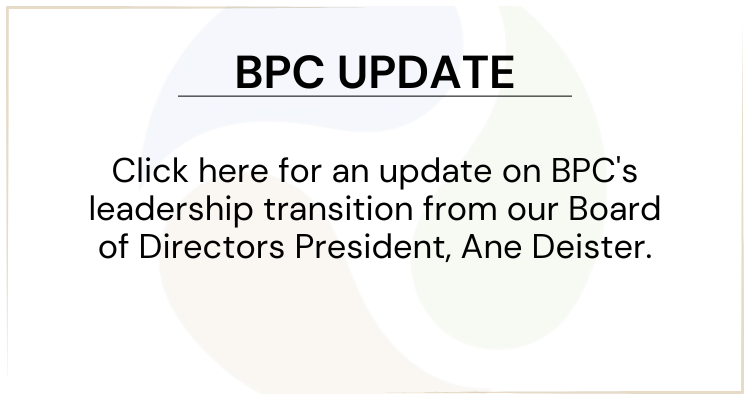March retail sales came in lower-than-expected, down 0.3 percent, ending a disappointing first quarter for consumer spending. The consensus expectation for the headline figure was for a slight increase of 0.1 percent, considering sustained improvement in other areas of the economy and vanishing effects of the winter slog. Possible reasons for the retail sales slowdown so far this year include financial market volatility earlier in the year, uninspiring political rhetoric coming from the presidential campaign trail, and inherent limitations related to seasonal adjustments in the data. All in all, the quarterly retail sales growth was a tough start for the U.S. consumer and one of the weakest three consecutive months for retail sales in this expansion.
Despite the lackluster start, it is too soon to throw in the towel on the U.S. consumer for 2016. On an annualized basis, retail sales, excluding vehicles and parts, actually rose 2.2 percent in March, following a sharp decline in January and muted growth in February. The bulk of the weakness in March retail sales data came from weak auto sales. Pent-up demand for autos and light trucks may be nearly exhausted after robust growth over the past few years. Retail sales by spending category were generally positive with 9 of 13 spending categories posting gains. However, those gains were not significant enough to offset the decline in motor vehicle and parts sales.
We would be more concerned about this slowdown in the retail sales data if other economic indicators confirmed the weakening we have witnessed in Q1 2016. Other data, including low jobless claims, strong monthly nonfarm payrolls, rising wages, and increasing personal income, suggest, however, that the U.S. consumer still has plenty of financial ammunition to keep spending. Therefore, the subdued growth in spending in the first quarter is likely to reverse with greater consumer demand in the second quarter of this year. Consumers will be able to spend at a faster pace in the months ahead with sustained and healthy personal income growth and improved savings rates.
What are the implications for our forecasts for 2016? We have lowered our Q1 Real GDP forecast to an annualized 1.1 percent from previously anticipated 1.2 percent, and our Q1 real consumer spending forecast to 1.9 percent from 2.0 percent. GDP growth is projected at 1.9 percent for 2016. As we anticipate better consumer spending in the months ahead, we are keeping our annual growth forecasts for both Real GDP and consumer spending virtually unchanged. As long as nonfarm payrolls continue to rise and jobless claims remain low, there is a strong case for arguing that the recent subdued retail sales report is a one-off setback.
To find out more, check out this week’s US Outlook Report.
Tags: economy, sales, united states
